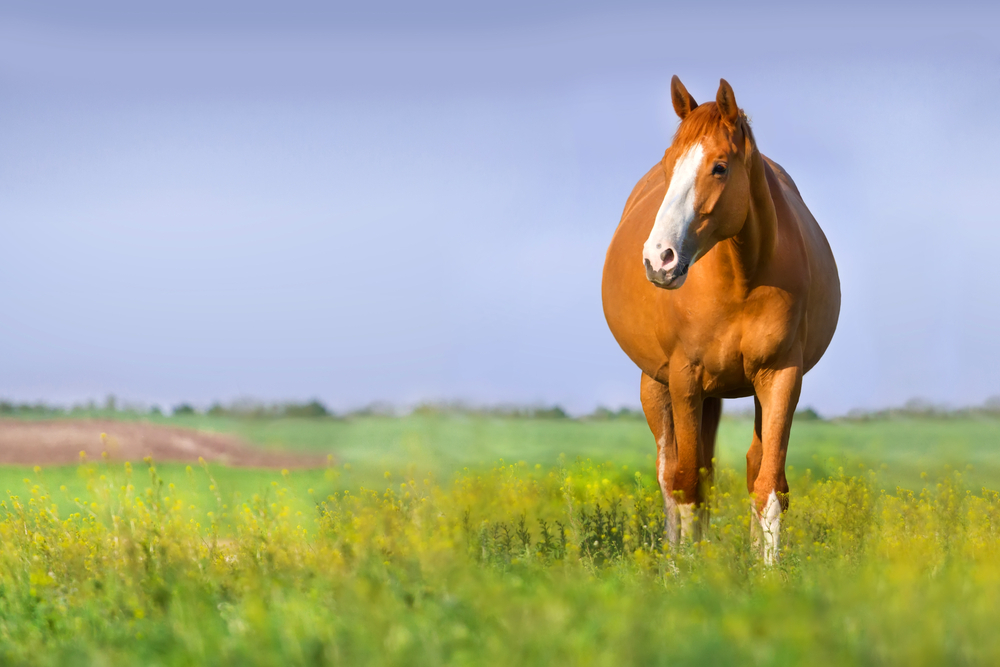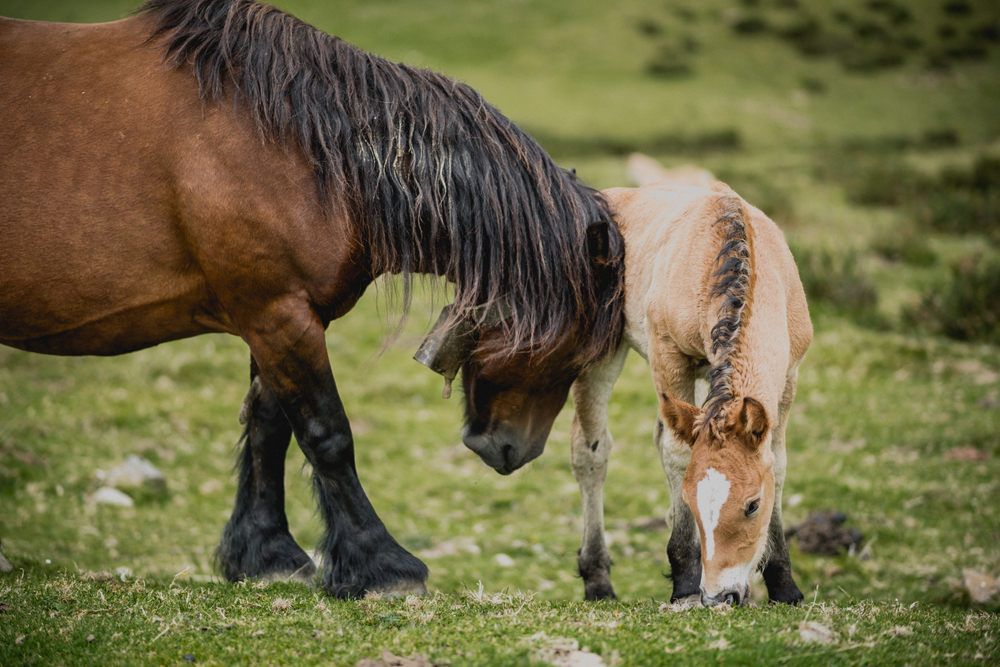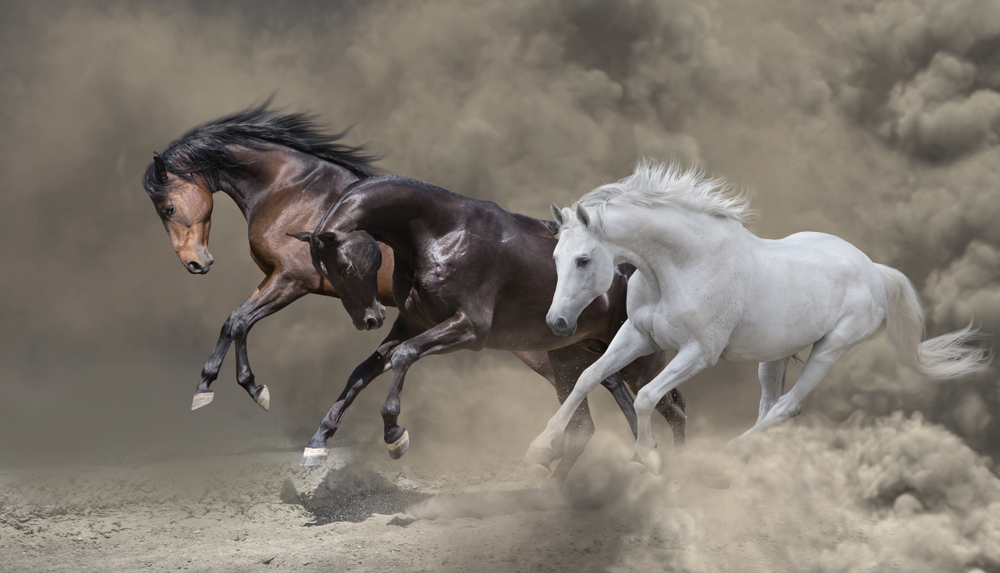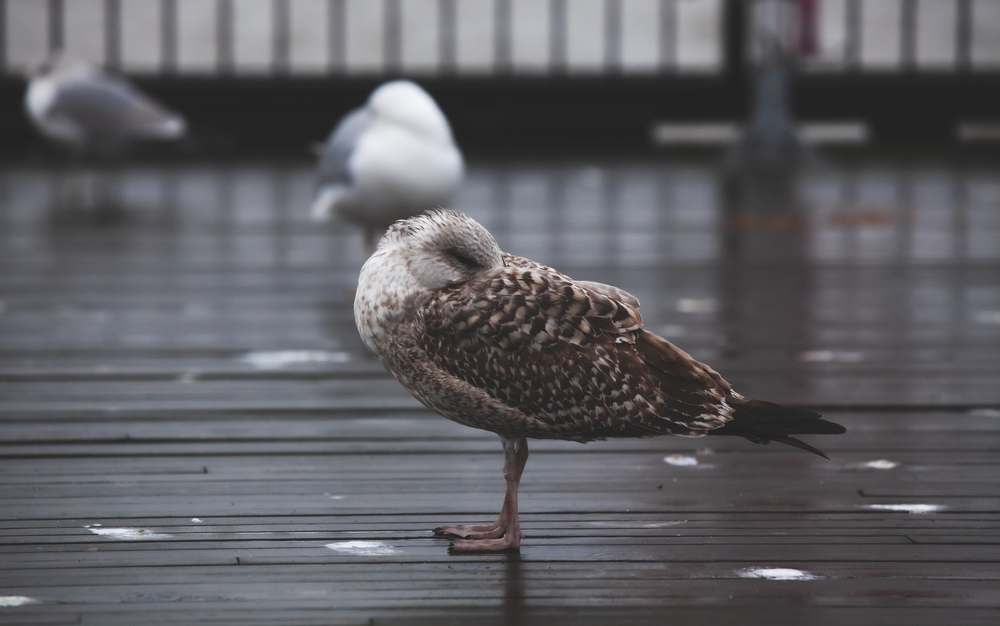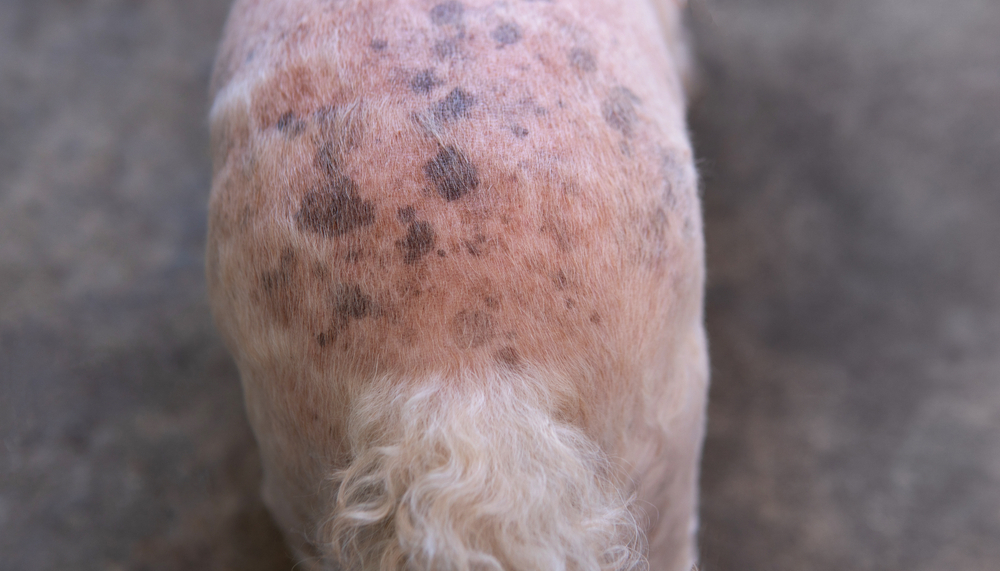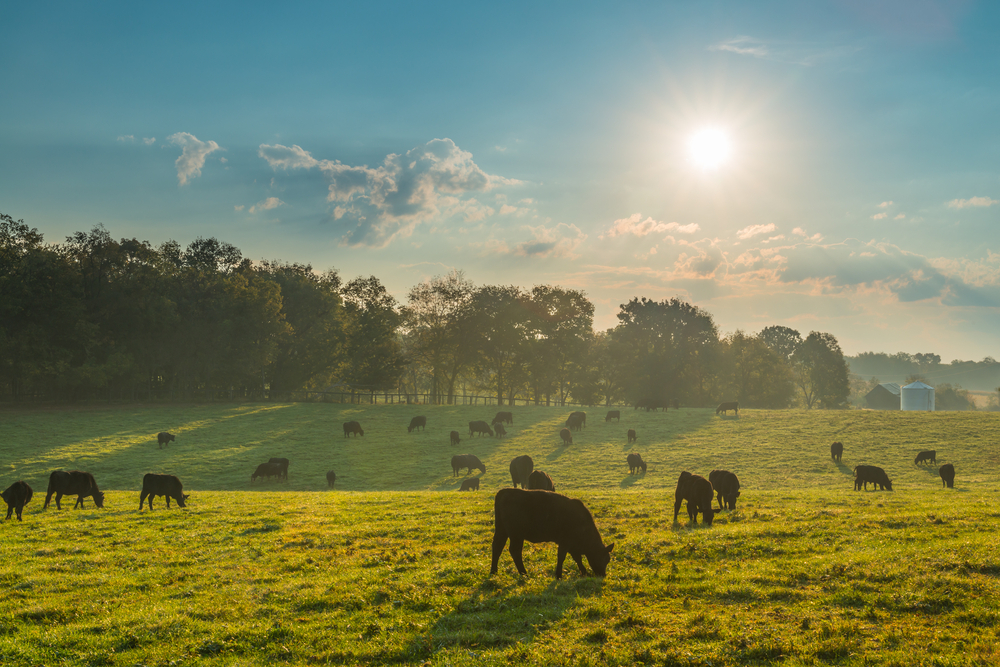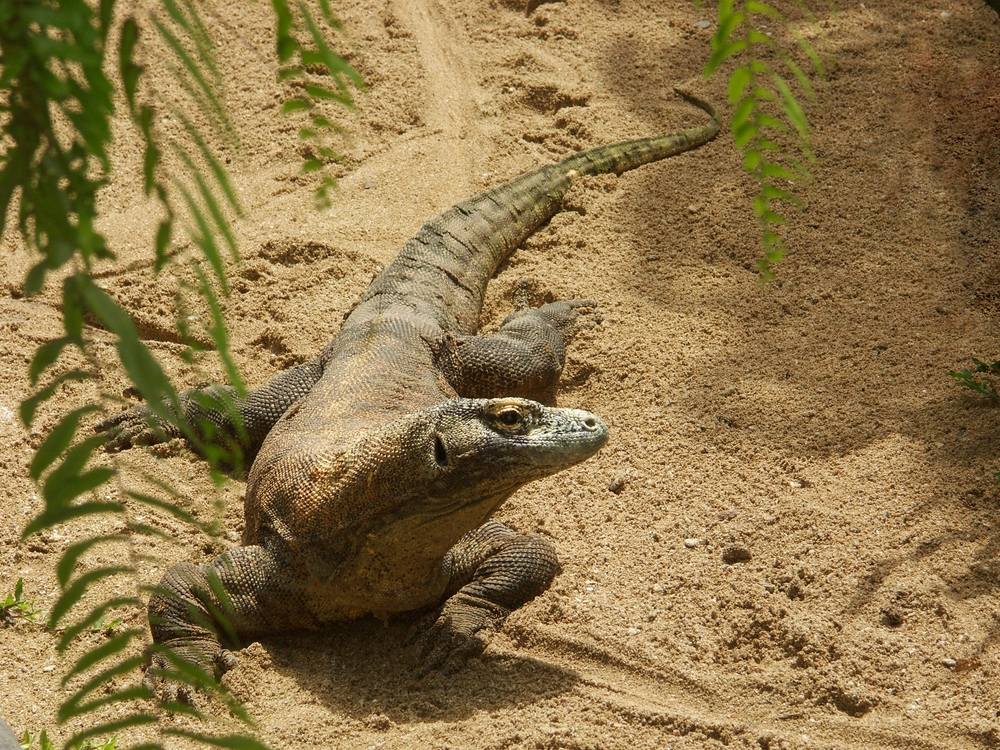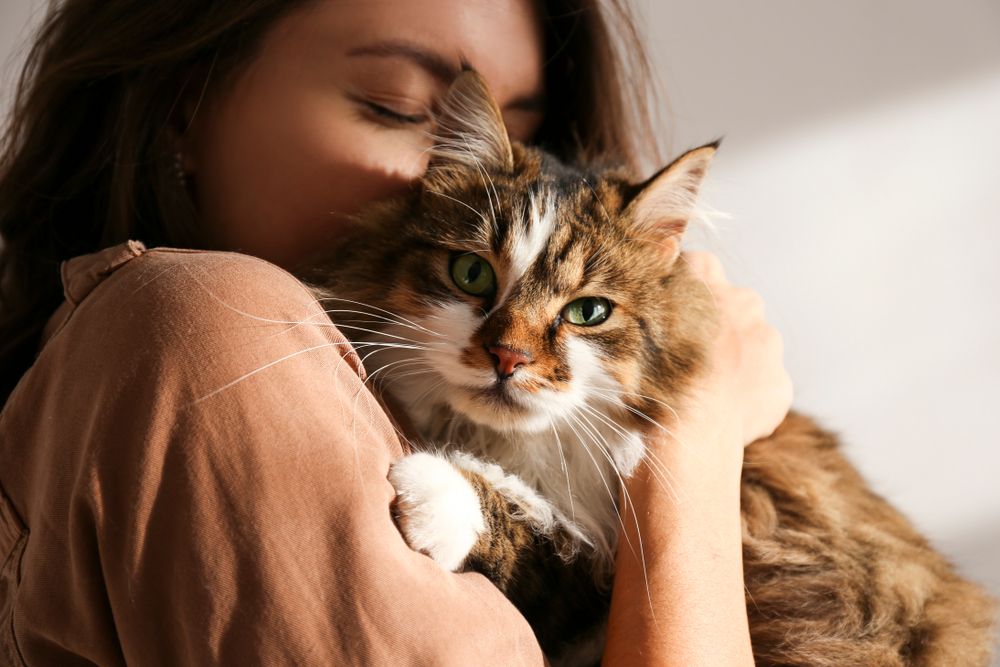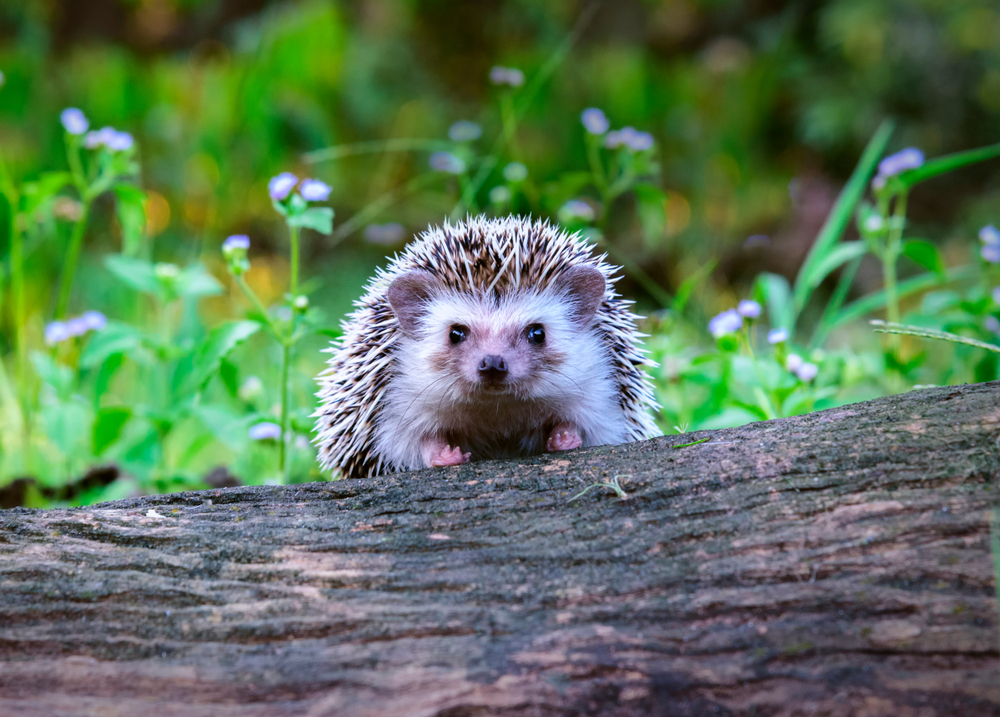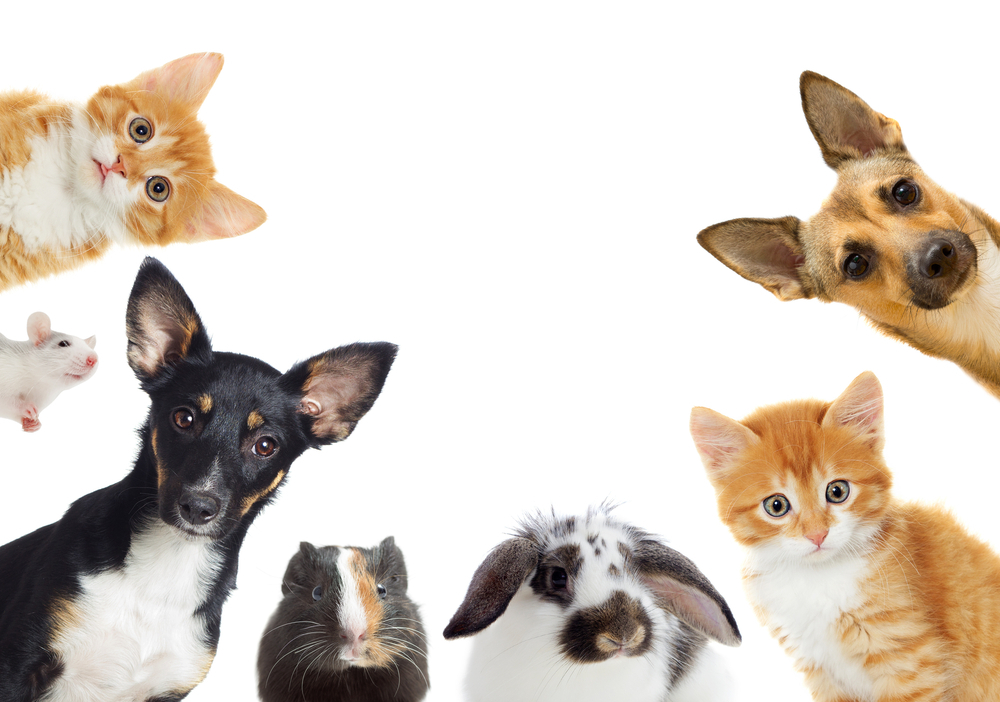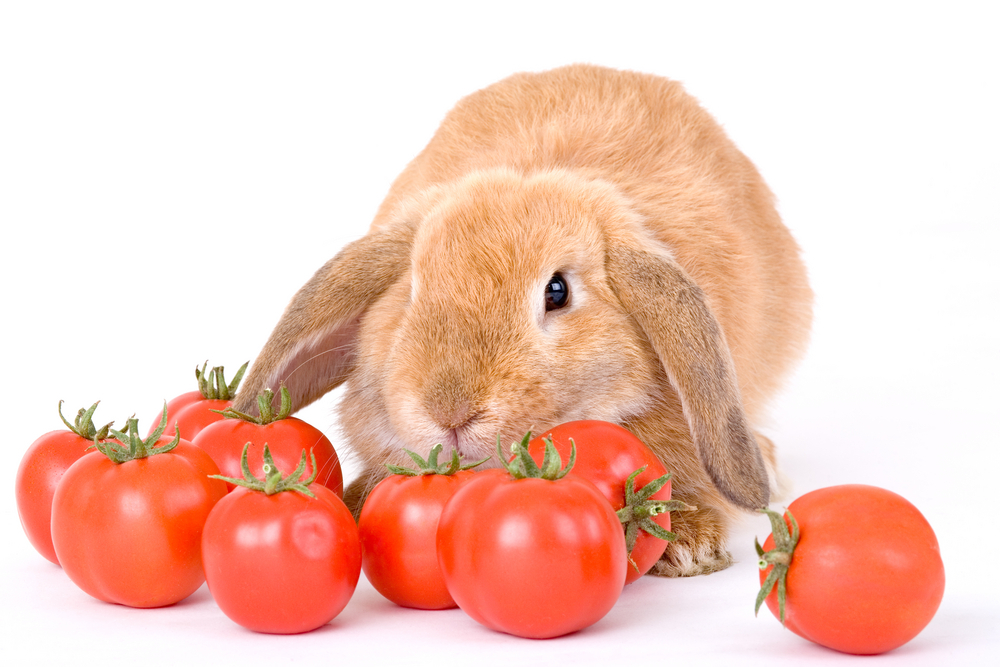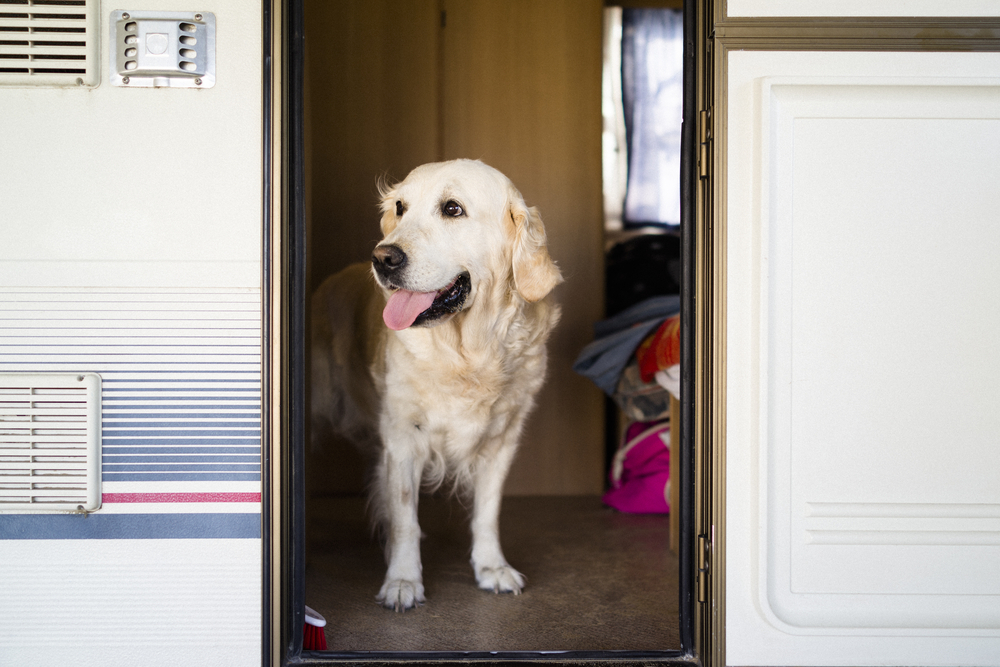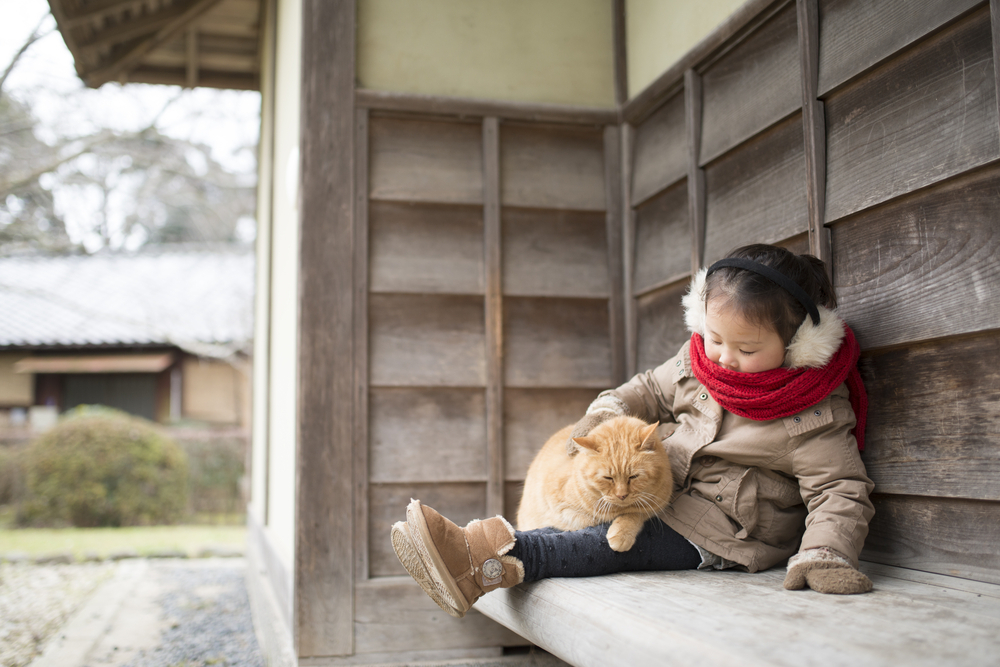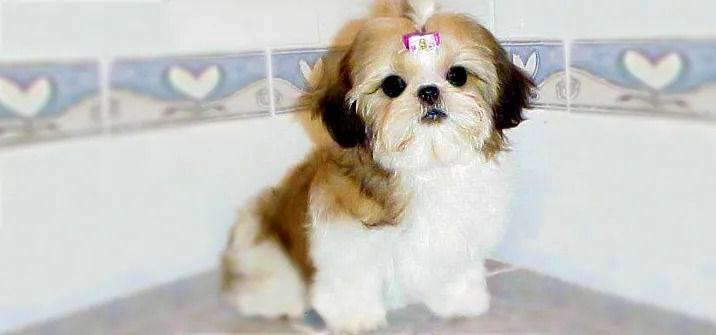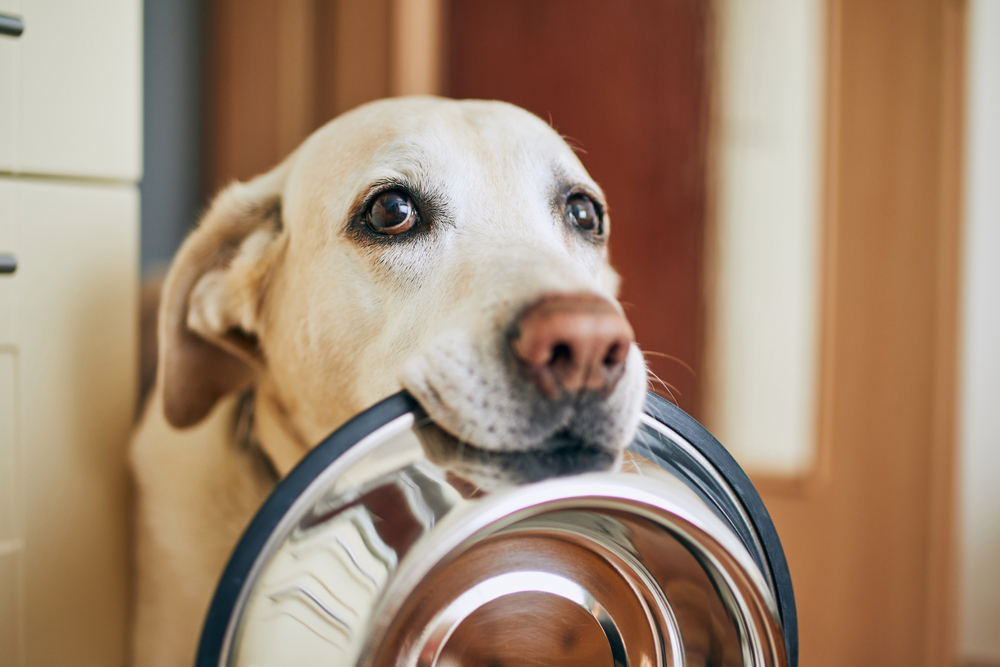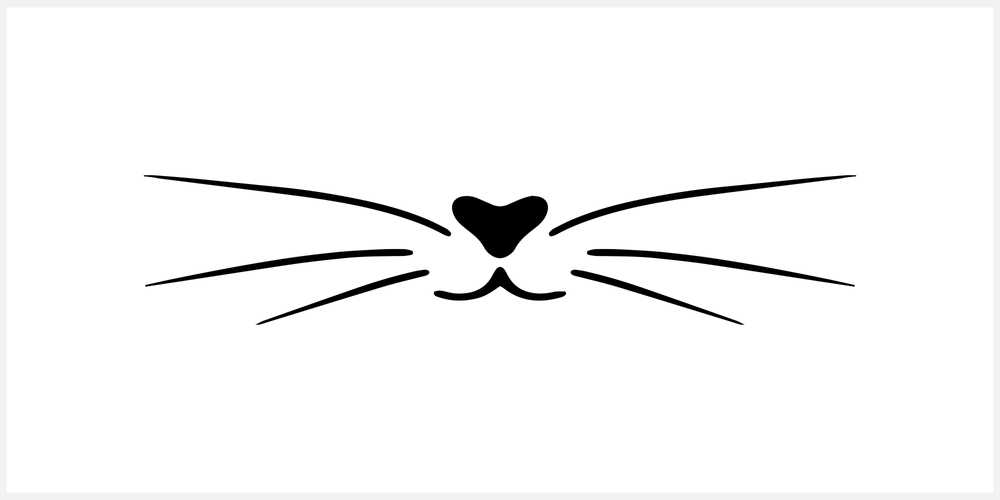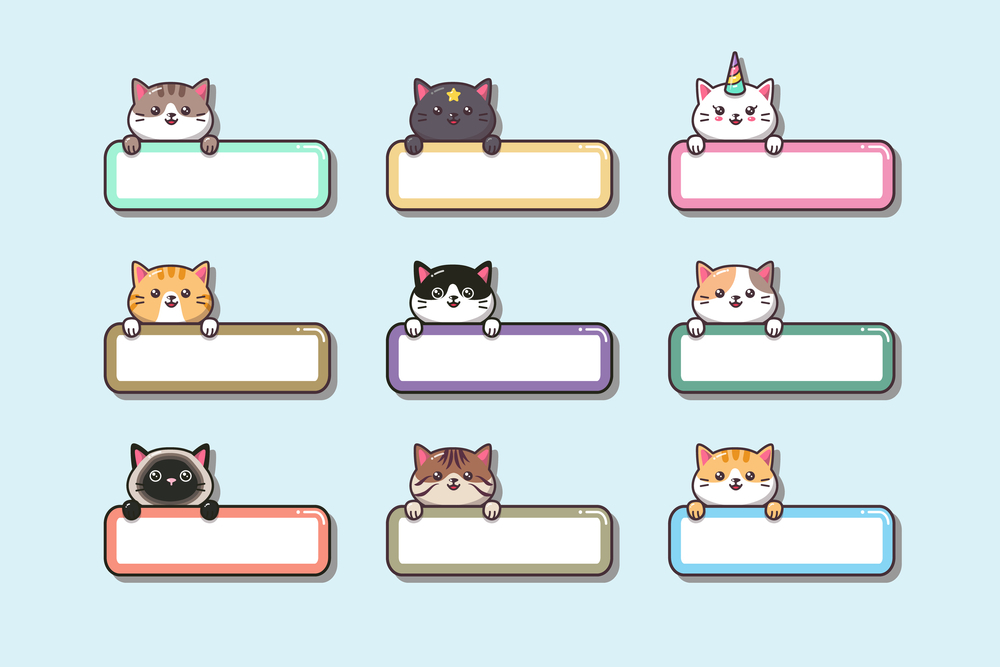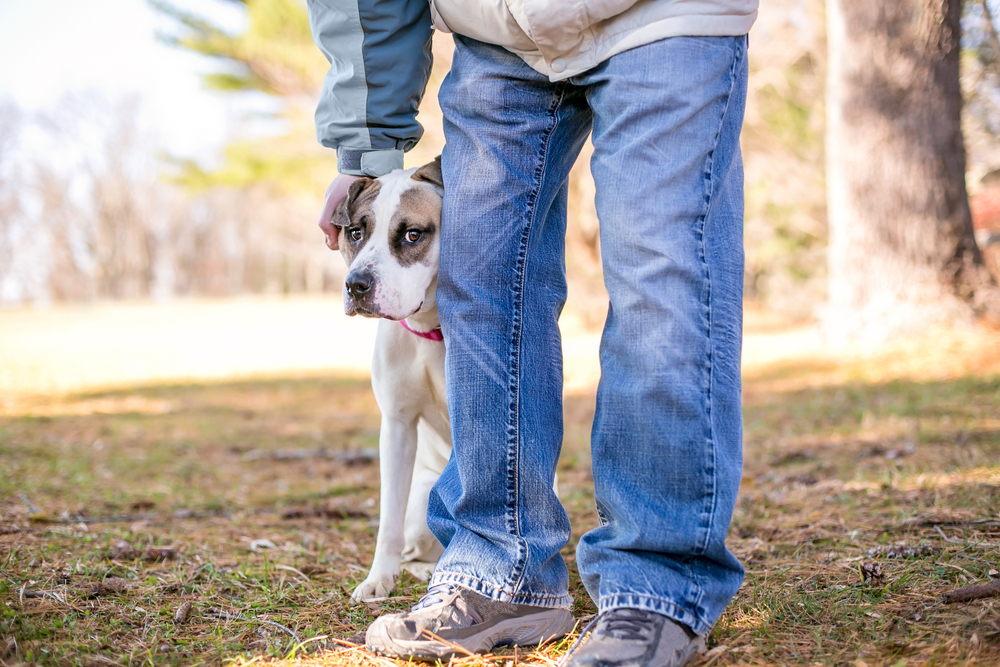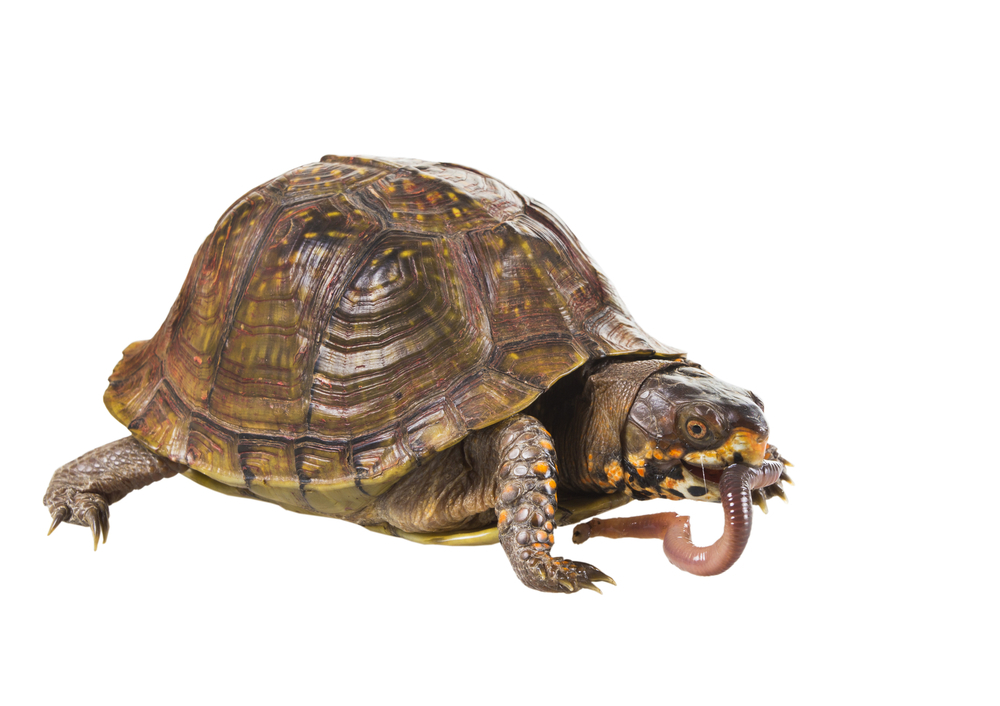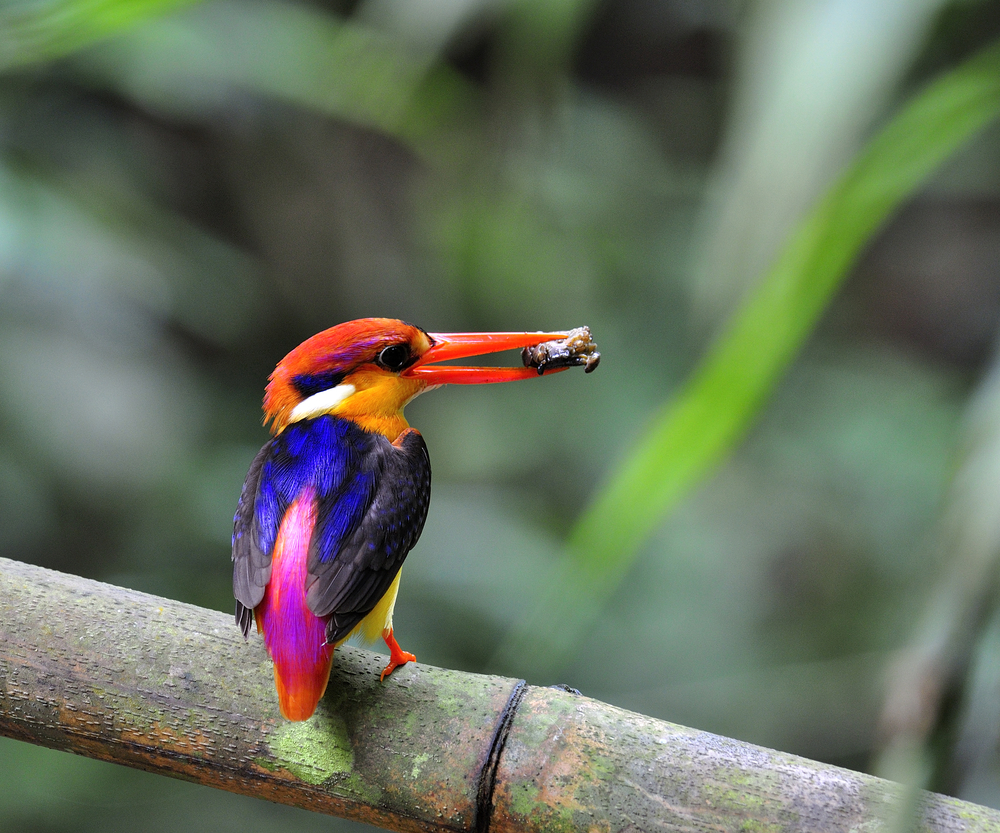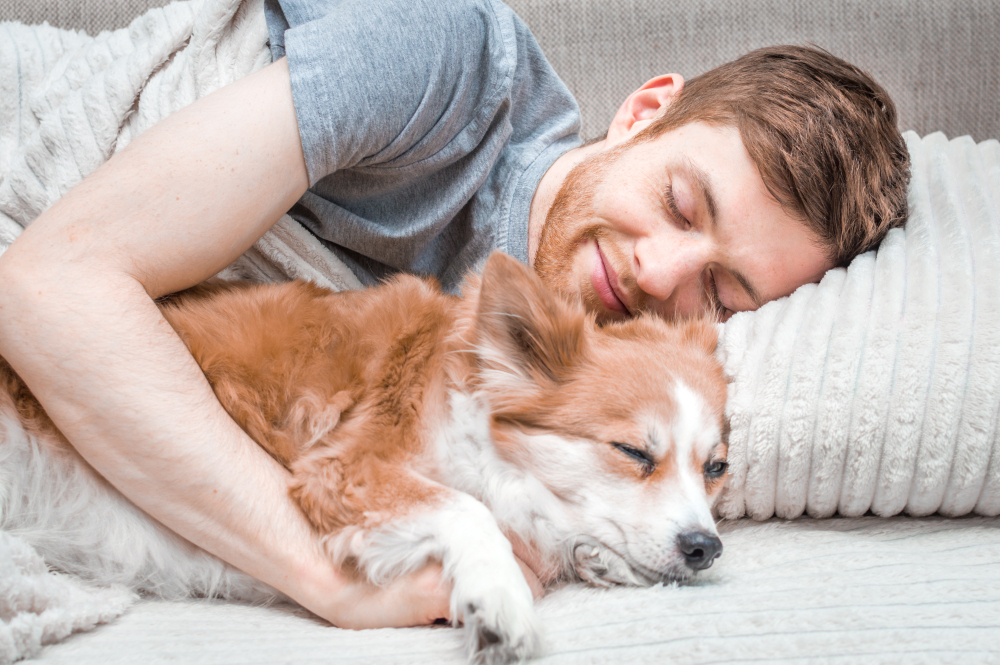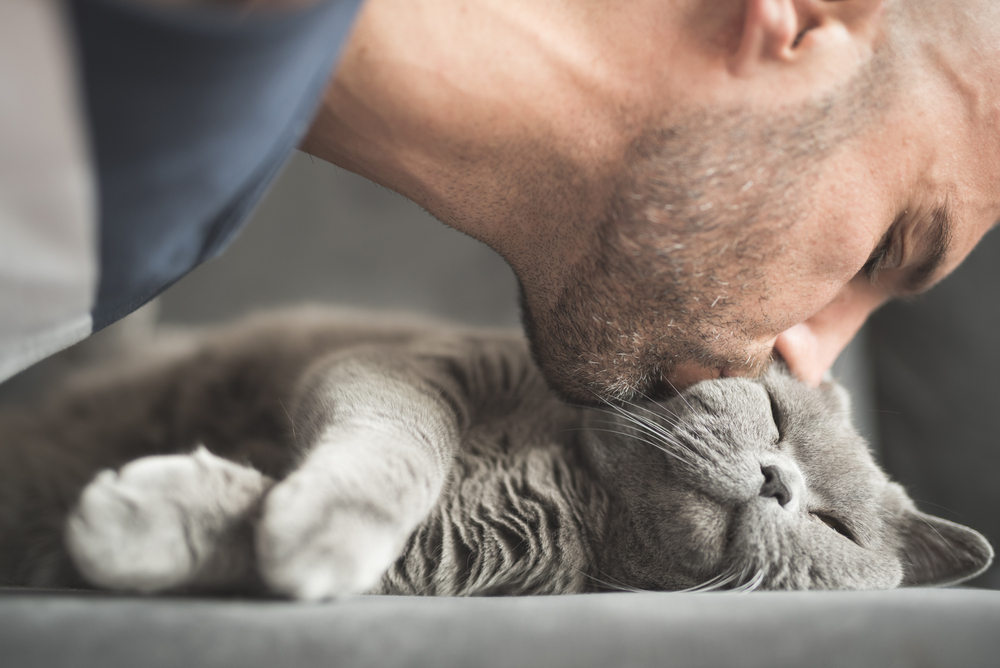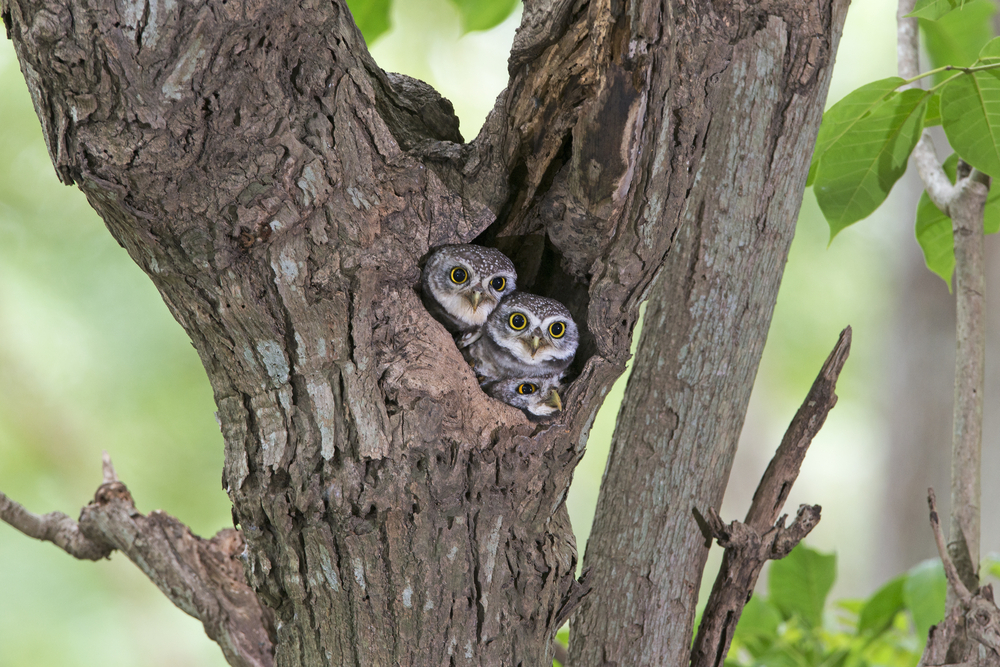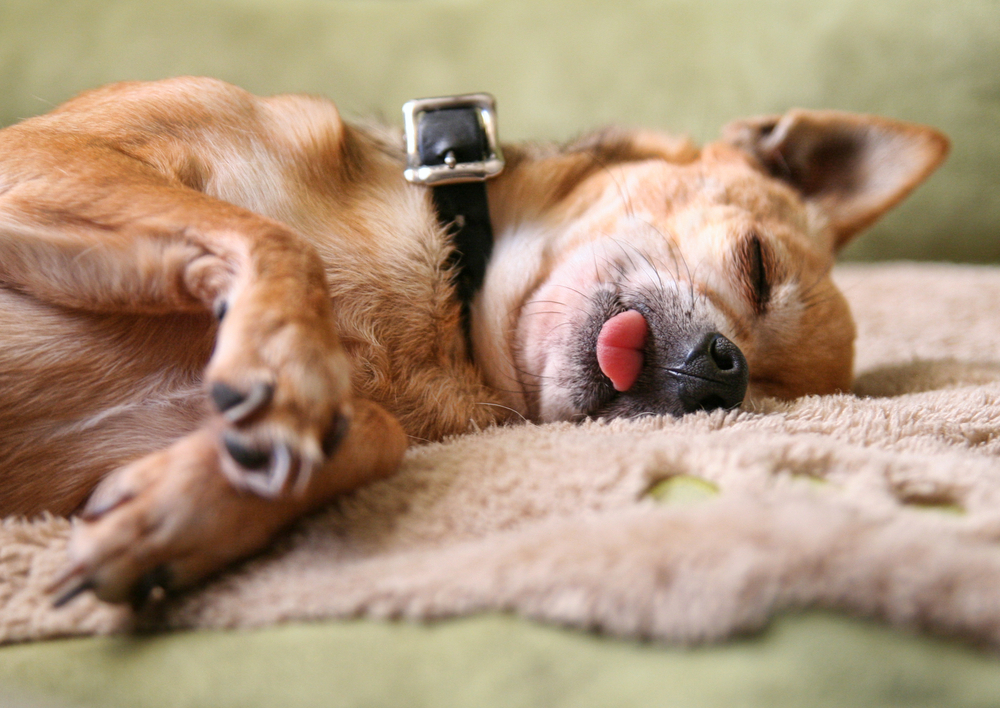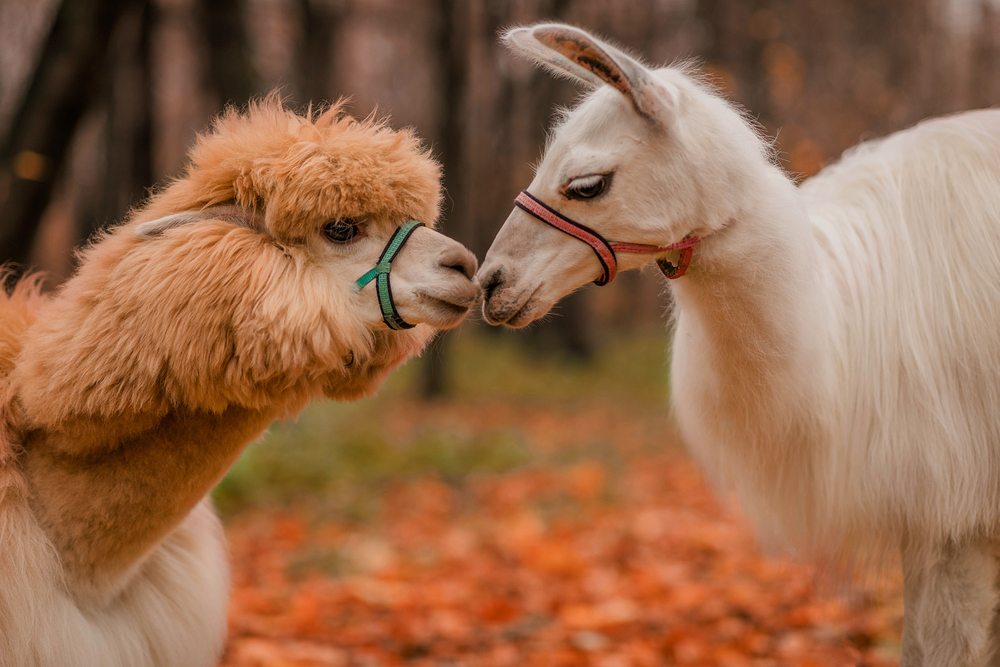Understanding Degloved Horse Hoof : A Guide About Causes, Recovery & Treatment
By  Maria Fernandes |
Last updated: Jun 19 2023
Maria Fernandes |
Last updated: Jun 19 2023
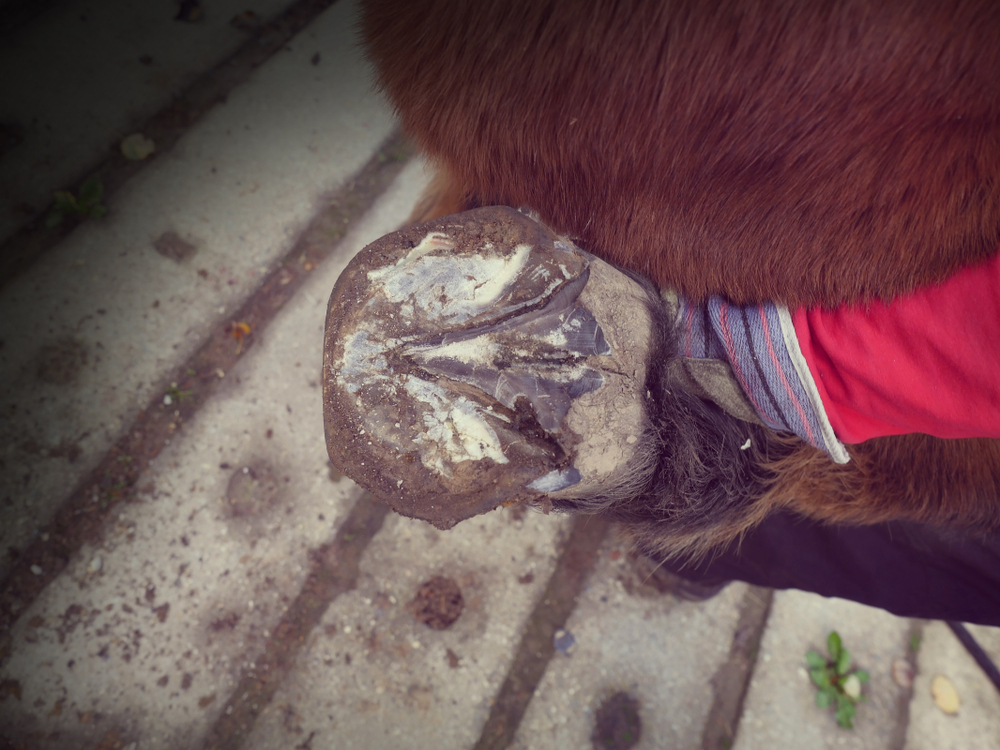
Horse health is a significant concern for equestrians and horse owners, with hoof health being of paramount importance. One of these challenging conditions is degloved horse hoof a term that may send chills down any horse lover’s spine.
Degloving is a severe condition involving the traumatic removal of the outer layers of the hoof, which can result in pain, lameness, and in extreme cases, life-threatening complications.
This blog post aims to shed light on the causes, treatment, and recovery of degloved horse hooves.
Related Article: Mare Gestation Calculator
Understanding Hoof Anatomy
Before we delve into the details of degloving, let's first understand the basic structure of a horse's hoof. The hoof is a complex structure composed of several components, including the hoof wall, sole, frog, and coronet.
These parts work in tandem to support the horse's weight and facilitate movement. In a degloving incident, the outer layer, or the hoof wall, gets ripped away, exposing the sensitive tissues beneath and leaving the horse in intense pain.
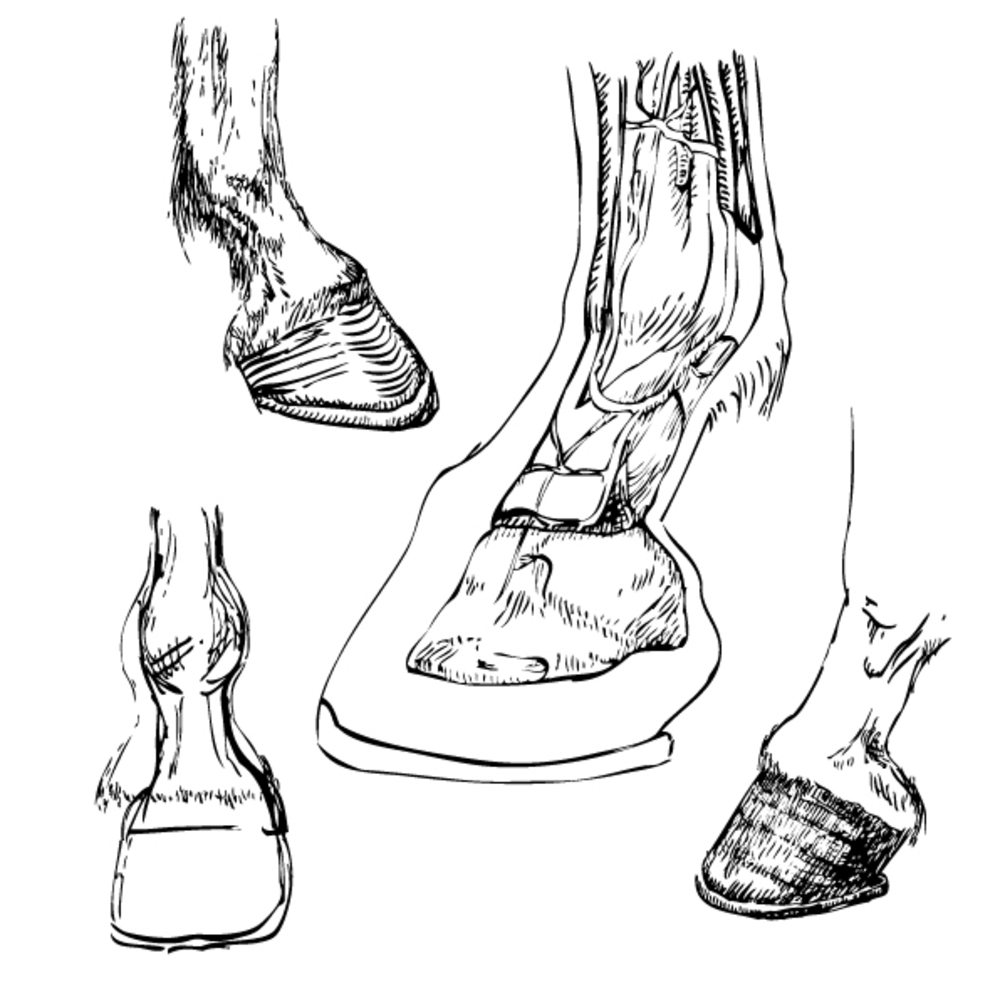
Common Causes of a Degloved Horse Hoof
1Traumatic Injuries
The most common cause of a degloved horse hoof is a traumatic injury. This could happen in many ways - a horse might catch its hoof on a sharp object or fence, get its hoof stuck in a hole or crevice, or step on a sharp stone or piece of metal.
![]()
2Improper Shoeing or Trimming
If not performed correctly, shoeing and trimming procedures can accidentally lead to a degloved hoof. Using improper tools or techniques, or trimming the hoof wall too short can result in this severe condition. That's why it's crucial to employ a professional, experienced farrier for these tasks.
![]()
3Poor Hoof Quality
Horses with poor hoof quality due to genetics, dietary deficiencies, or inadequate hoof care are more susceptible to injuries, including degloving. A healthy, well-maintained hoof is less likely to be damaged, even in the case of an accident.
![]()
Treatment for Degloved Horse Hoof
Initial first-aid for a degloved hoof should aim to control bleeding and keep the wound clean. However, it's essential to seek immediate veterinary attention, as this is a serious injury that needs professional care.
The vet will typically begin treatment with pain management, including local anesthetics and systemic painkillers. The wound will then be thoroughly cleaned and disinfected to prevent infection. Depending on the severity of the injury, surgical intervention may be necessary to remove any loose fragments and repair the damaged structures.
After surgery, the wound is usually dressed and bandaged, and the horse may be prescribed antibiotics to prevent infection. It's crucial to follow your vet's instructions on bandage changes and medication administration.
Recovery and Rehabilitation
The recovery timeline for a degloved horse hoof can vary depending on the severity of the injury, but expect several weeks to months for complete healing. Rehabilitation involves controlled exercise to promote healing and prevent stiffness. This may initially be hand-walking, then slowly reintroducing gentle groundwork as the hoof heals.
Nutrition also plays a key role in recovery and future hoof health. A balanced diet rich in essential nutrients like biotin, zinc, and omega-3 fatty acids can support hoof growth and quality.
Long-term care considerations include regular hoof checks to monitor the healing process and detect any potential complications early. These could include infection, abscesses, or abnormal hoof growth, which would need additional veterinary attention.
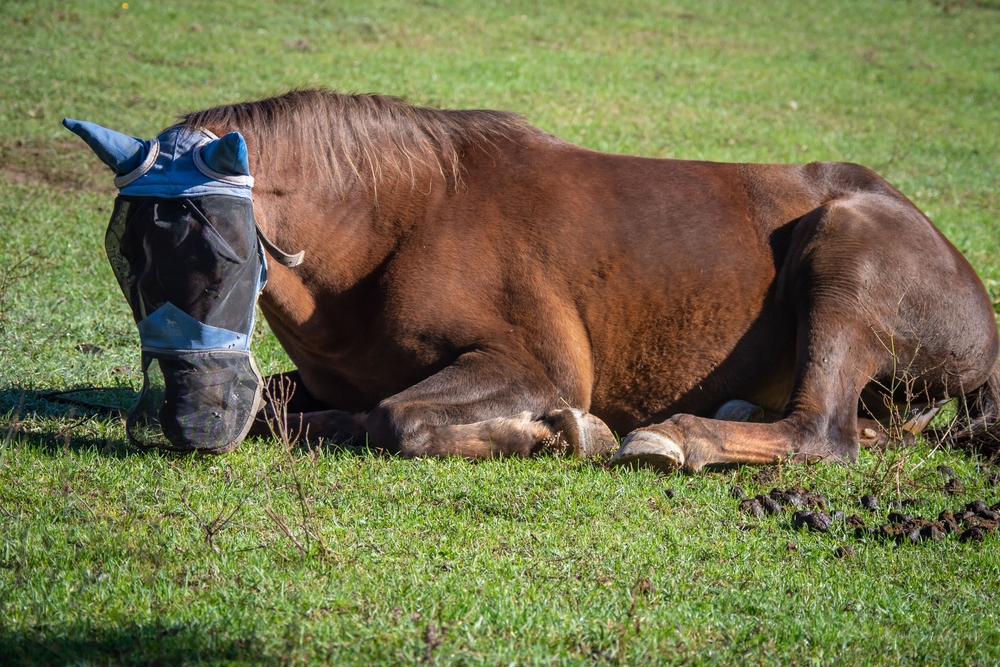
Preventing a Degloved Horse Hoof
1Regular, Professional Hoof Care
Regular hoof care is the first line of defense against degloving. This includes routine trimming and shoeing by a knowledgeable farrier, who can spot and address any issues before they become serious problems.

2Safe Environment
Providing a safe living and exercising environment for your horse can help prevent hoof injuries. This means keeping pastures free of sharp objects, ensuring stable floors are smooth and non-slip, and fences are well-maintained without any protruding nails or wires.
![]()
3Balanced Nutrition
A balanced diet is critical for maintaining strong, healthy hooves. Make sure your horse's diet includes all necessary nutrients, particularly those known to promote hoof health like biotin, zinc, and omega-3 fatty acids.
![]()
4Regular Exercise
Regular, controlled exercise helps to maintain overall hoof health by promoting good circulation, which is key for hoof growth and repair.

Conclusion
In conclusion, degloved horse hooves are severe but manageable injuries with the right care and attention. While it's a stressful and challenging time for both the horse and the owner, understanding the causes, treatments, and recovery strategies can significantly improve the prognosis.
Prevention, through careful hoof care and management, is the best approach to this problem. Ensuring your horse has a safe environment to live and play in, coupled with regular, professional hoof maintenance, can greatly reduce the risk of such injuries.
Additionally, good nutrition is not just essential for recovery but for overall hoof health. A balanced diet contributes to the strength and quality of the hoof, making it more resistant to injuries.
It's vital to always keep a watchful eye on your horse, monitoring any changes in behavior or movement. Swift action is necessary in cases of injuries such as degloving, so never hesitate to seek veterinary attention if you suspect something is wrong.
A degloved hoof can be a long journey for a horse, but with patience, perseverance, and professional veterinary care, most horses can return to their normal activities. As horse owners, our goal should be to ensure the health and happiness of our horses. By arming ourselves with knowledge and understanding, we can better achieve this goal and help our horses lead a comfortable, fulfilling life.
At the end of the day, our horse's health and wellness are in our hands. Let's make every effort to understand their needs, provide the best care possible, and ensure that they have the best quality of life we can give.
Remember, every step we take towards understanding and caring for our horse's health is a step towards a happier, healthier horse.
Written by
Maria Fernandes
Maria Fernandez is a veteran writer fueled by tea and enjoys spending time with her pets. Maria is Pet Enthusiast and focuses on animal welfare. Maria Fernandez is also an active member of the American Society for the Prevention of Cruelty to Animals (ASPCA). Through her beloved narrations, Maria shares her extensive knowledge of animal behavior and nutrition. She aims to help pet owners have a joyful life with their pets with the help of the latest medical research. Maria is passionate about her work and loves spending time writing about animals. Maria tries to know animals' behavior and shares her updated research with pet lovers across the globe.





